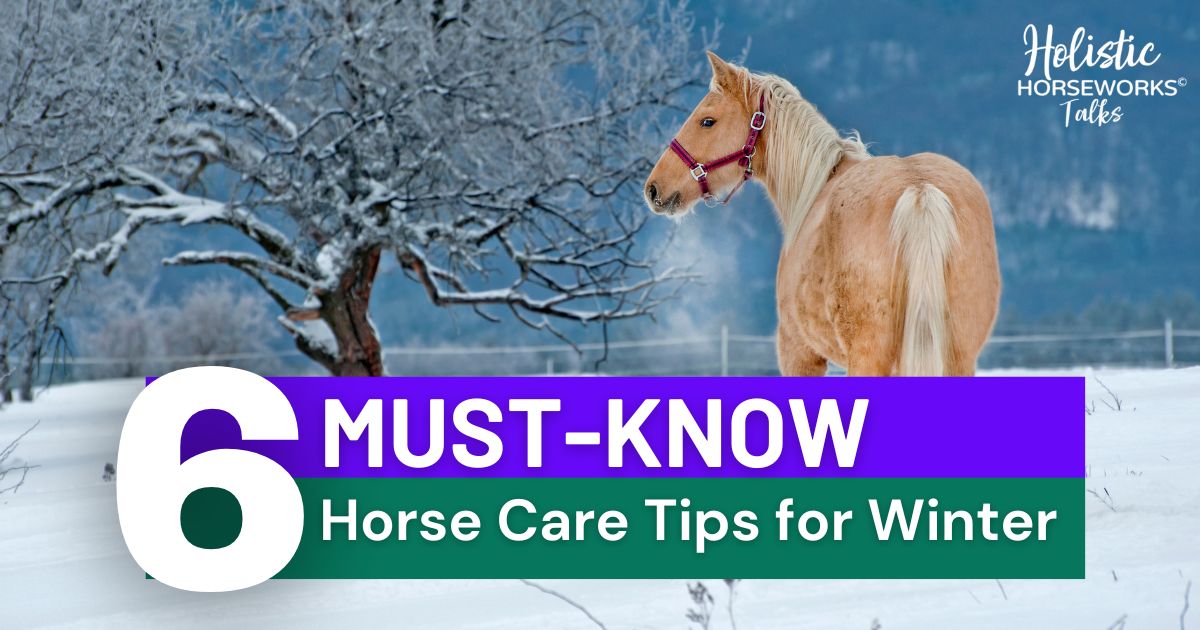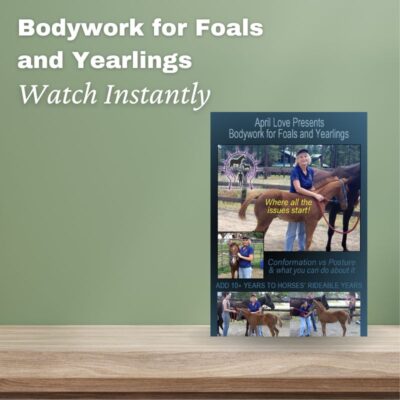How to Find the Cause of Lameness in Horses

Share This Post:
When a horse shows signs of lameness, pinpointing the exact cause can be challenging due to compensatory mechanisms. Horses often redistribute weight and movement to avoid pain, making the actual injury difficult to locate. Here’s a practical step-by-step guide to help you identify the root cause of lameness in horses.
Step 1: Observe and Note Symptoms
Start by watching the horse closely. Look for signs like head bobbing, uneven movement, or reluctance to perform certain tasks. A bobbing head is usually a red flag for something serious since horses tend to hide their pain as much as possible. Keep in mind that where the lameness shows up might not be where the actual problem is. For example, if your horse seems lame in the left front leg, the real issue could be in the right hind leg. Pay attention to how they move and document anything that seems off. These notes will come in handy as you dig deeper.
Step 2: Consider Compensation Patterns
Horses often compensate for injuries, which can create a chain reaction of secondary problems. For example, if a horse has a high-low hoof syndrome or a misaligned first rib, other parts of the body might be working overtime to make up for it. If the horse seems lame in the left front, check the right hind leg. Compensation patterns often work diagonally. Look for areas where the horse is avoiding putting weight or where muscles seem overworked. Tracing these patterns can help you find the root cause of the problem.
Step 3: Palpate the Legs
Use your hands to feel for tightness, swelling, or sensitivity. Start with the front legs by palpating the suspensory ligament along the cannon bone and the tendon groove at the back of the leg. Compare the left and right legs to see if one feels more sensitive than the other. Then, do the same for the hind legs, focusing on the muscles in the hips and thighs. Tighter areas are often a sign of overcompensation due to an injury elsewhere. This step can give you valuable clues about where the issue might be.
Step 4: Inspect the Hooves
 Hooves are often the source of lameness, so it’s essential to check them thoroughly. Run your hands over each hoof to feel for heat or unusual textures, and look for signs of bruising, abscesses, or punctures. Take a close look at the frog and sole for any discoloration or damage. You can also use a hoof tester to apply gentle pressure and see if any areas are sensitive. If you suspect an abscess or bruising, try soaking the hoof in a mix of Epsom salt, Dynamite Liquid Trace minerals, and warm water. Cleaning out debris and stones is also a good idea to rule out simple irritants. Make sure to check all four hooves to get a complete picture.
Hooves are often the source of lameness, so it’s essential to check them thoroughly. Run your hands over each hoof to feel for heat or unusual textures, and look for signs of bruising, abscesses, or punctures. Take a close look at the frog and sole for any discoloration or damage. You can also use a hoof tester to apply gentle pressure and see if any areas are sensitive. If you suspect an abscess or bruising, try soaking the hoof in a mix of Epsom salt, Dynamite Liquid Trace minerals, and warm water. Cleaning out debris and stones is also a good idea to rule out simple irritants. Make sure to check all four hooves to get a complete picture.
Learn even more about laminitis, foundering, and general hoof health in my other blog article →
Step 5: Check for Heat and Swelling
Heat and swelling are key indicators of injury, so don’t skip this step. Run your hands along each limb, paying close attention to the areas where muscles transition to tendons and ligaments. Compare both sides of the horse’s body—if one side feels warmer or more swollen, that’s a good place to focus your attention. Heat and swelling can help you narrow down the affected area and understand the nature of the injury.
Step 6: Use Diagnostic Aids
Sometimes, you need a little extra help to figure out what’s going on. Products like Dynamite Release can be applied to the suspected area, and they’ll foam up where there’s an issue. Bigeloil is another handy tool. Use it diluted as a spray for prevention or undiluted on problem areas. It tends to stay wet longer on injured spots, making it easier to identify trouble zones. These aids can save you time and help pinpoint subtle issues that might otherwise go unnoticed.
Preventative and Therapeutic Measures
Once you’ve identified the problem, it’s time to take action. Here are several specific measures to help the horse recover and prevent future issues:
- Topical Applications: Use products like Bigeloil or Dynamite Release to target sore or inflamed areas. Apply them daily to help reduce pain and improve healing. Bigeloil can be diluted in water and used as a spray for warm-ups or undiluted for direct treatment.
- Horse Yoga: Incorporate the Holistic Horseworks horse yoga exercises to improve flexibility and support the horse’s natural movement patterns. These exercises can help realign the body and reduce strain from compensatory behaviors.
- Equine Bodywork: Perform bodywork like Equine Musculoskeletal Unwinding to release tension, improve circulation, and address compensatory imbalances caused by lameness. This hands-on approach is an essential step to help the horse recover alignment and comfort.
- Hoof Soaks: For issues originating in the hooves, use a hoof soak made of Epsom salts and Dynamite Liquid Trace Minerals to draw out inflammation and promote healing. This is especially effective for bruises or abscesses.
- Consistency and Patience: Apply treatments daily and monitor progress. The key is to address the root cause while supporting the horse’s natural healing processes.
🍎 Ready to Start Helping Your Horse?
Start with April’s foundational training, Equine Musculoskeletal Unwinding, available to learn online with live 1:1 support.
This step-by-step course teaches you how to release deep patterns of imbalance and pain—so your horse can move, feel, and live better.
Includes video lessons, downloadable workbooks, and a personalized distance reading from April herself.
Rather learn in-person?
Check out our hands-on equine remedial therapy clinics, available all over the globe →
More Holistic Horse Care Education
6 Must-Know Hore Care Tips for Winter
In this comprehensive guide, we'll share five essential cold weather horse care tips straight from the experts at Holistic Horseworks.Whether you're dealing with freezing
Equine Vaccines: What’s In Them and How to Help Your Horse Naturally
Vaccines are often considered a cornerstone of equine health, but have you ever wondered exactly what’s in them, or how they might be affecting
Barn Life Tips for a Bug Free Summer
Every season, I hear from folks battling mosquitoes, flies, and ticks in the barn, garden, and pasture. Over the years, I’ve found a few
Horses Are Talking, Are You Listening?
Holistic equine expert April Love wants you to know: your horse is speaking. And once you learn how to listen, everything changes. In her
How a Distance Reading CHANGED Kimberly and Her Horse
In this interview, holistic healing expert April Love uncovers the deep, often invisible threads connecting horse and human wellness. Join Kimberly, host of The
Summer Travel Tips for Your Horse: Keep Them Happy, Healthy, & Hydrated
Traveling to summer shows and events can be exciting, but for our horses, it often comes with a heavy load of emotional and physical
Mud Fever Prevention and Remedies
Mud fever, also known as pastern dermatitis, scratches, grease heel, etc., is a common skin condition in horses caused by a combination of wet
Is It Really a Training Problem, or Is Your Horse in Pain?
If your horse bucks, resists the canter, or just feels off under saddle, the first thing many people assume is that it’s a training
Did You Know That Saddle Fit Issues Are Really Horse Body Issues?
Saddle fit isn’t just about the saddle — it’s about the ever-changing body of the horse beneath it. While it’s tempting to invest in
Useful, Helpful Tips and Tricks for Horse Care | April Love’s Interview on The Backyard Horse Enthusiast
What would you do if your horse was limping, colicking, or spooking—and no one could tell you why? That question lit a fire in
Sign Up for Our Newsletter
















![Complete Level 1 & Level 2 Home Study + Private Training Package [NO DVD]](https://holistichorseworks.com/wp-content/uploads/2022/08/Level-1-and-Level-2-complete-home-study-and-training-package-400x400.jpg)
![Level 1 "Equine Musculoskeletal Unwinding" Home Study -Watch Instantly [NO DVD]](https://holistichorseworks.com/wp-content/uploads/2022/08/Level-1-Home-Study-400x400.jpg)
![Level 2 “CranioSacral Unwinding & Advanced Applied Kinesiology” Home Study - Watch Instantly [NO DVD]](https://holistichorseworks.com/wp-content/uploads/2022/08/Level-2-Home-Study-400x400.jpg)




![Equine CranioSacral Energy Work -Watch Instantly [English and French]](https://holistichorseworks.com/wp-content/uploads/2022/09/equine-cranial-sacral-energy-work-watch-instantly-400x400.jpg)
